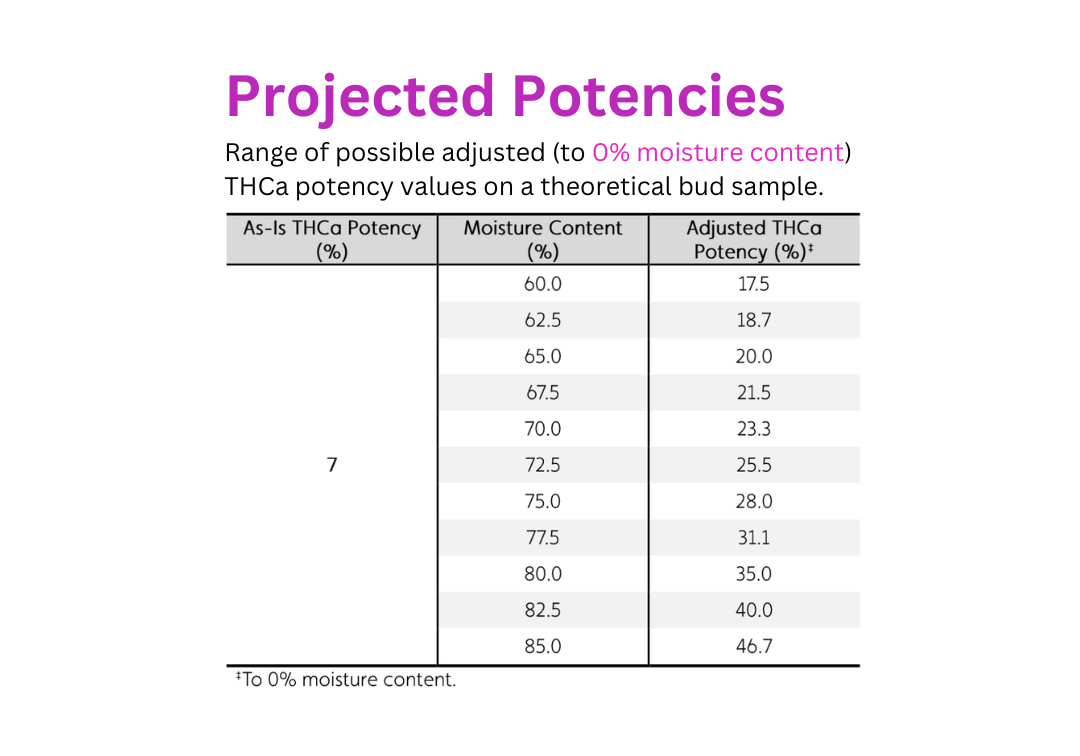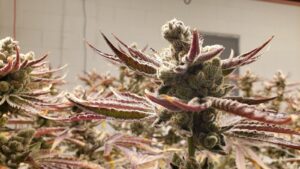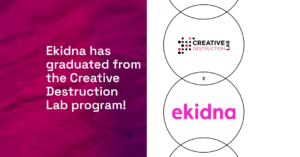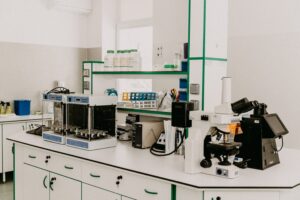Traditional cannabis potency testing can result in a significant lag time between harvesting and knowledge of potency results, impeding the flow of production. The product must be harvested, dried, and cured over multiple days before it can be entered into sample queues at third-party testing facilities, which can take days or weeks to move through.
Testing freshly-harvested cannabis material with a third-party laboratory is logistically more complex than testing cured flower samples. The plant material is more pliable, requiring modified grinding and processing procedures. Additionally, the high moisture content provides the perfect growth environment for mold and bacteria, so it is essential to minimize delays between harvesting and sample extraction for accurate analysis.
Ekidna’s As-Is Fresh Bud Potency test enables growers to accurately test their product immediately at harvest in approx. 7 minutes – no drying, grinding, or additional processing required. Identical to HPLC measurements performed at third-party testing facilities, the Ekidna test provides as-is potency results. This means the cannabinoid potency value is calculated without accounting for water, so the value will appear dramatically reduced compared to the cured potency that is normally reported. For example, fresh bud tested at harvest might yield an as-is potency value of 9%, but after curing to 13% moisture content, this sample could yield a potency value of 26%. The total amount of cannabinoid was the same at harvest and after curing, the only thing that changed was removal of water during the drying and curing process.
Moisture content must be accounted for when potency testing pre-cured or pre-harvest fresh flower samples. The graphic atop this page shows the theoretical range of potencies when projecting cured potency values. Before launching our as-is test kit, which can accurately account for pre-harvest flower samples, Ekidna’s lab team had to understand moisture content’s role and how to account for it. The findings were illuminating, and we’re passing them on to you in our report below.




